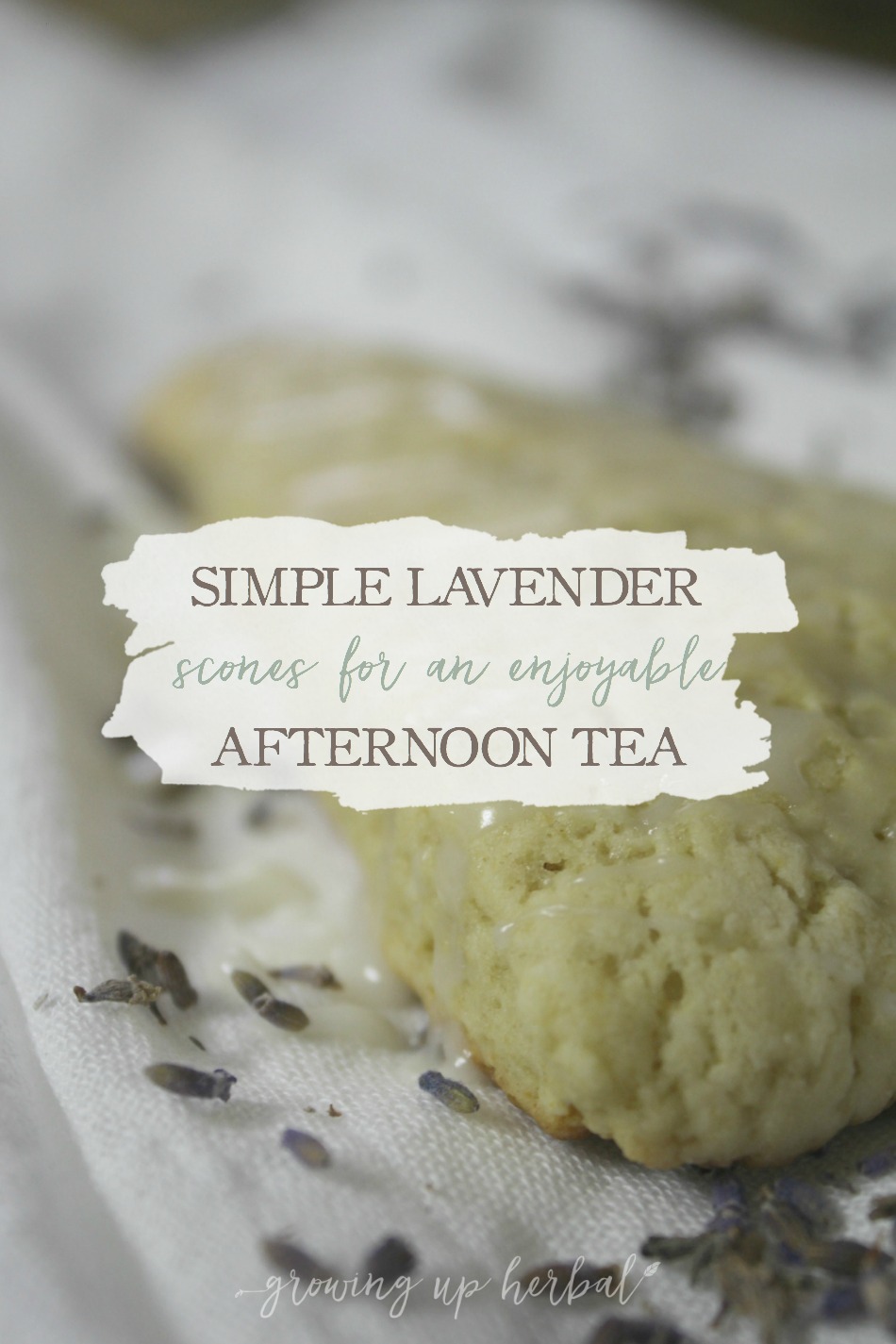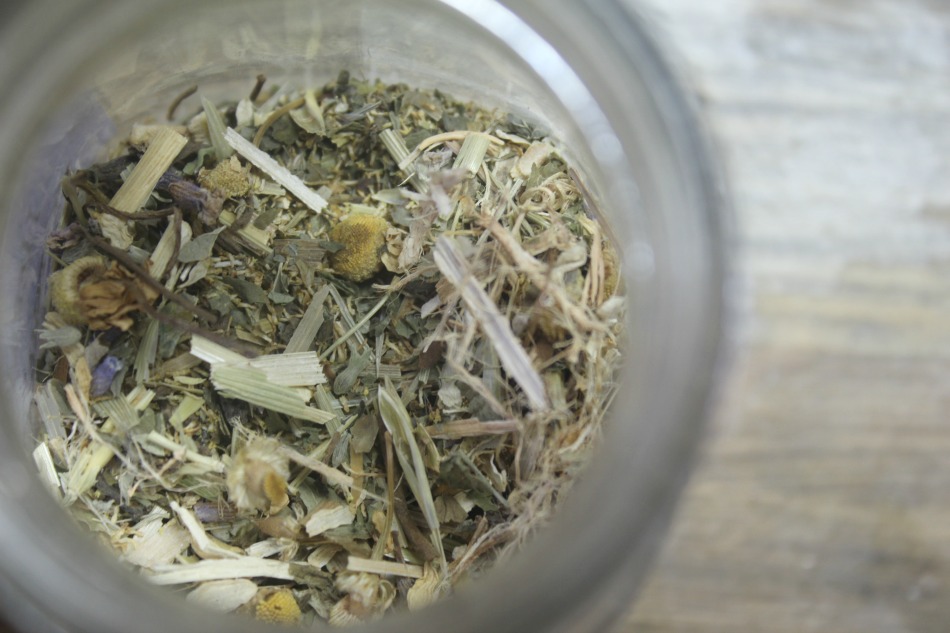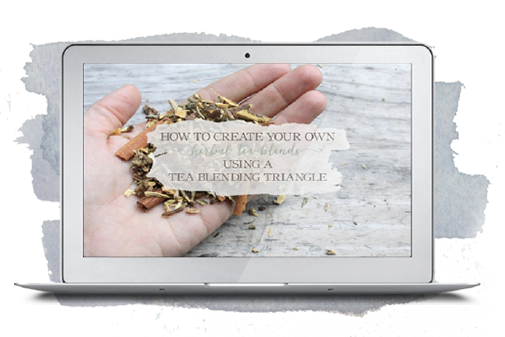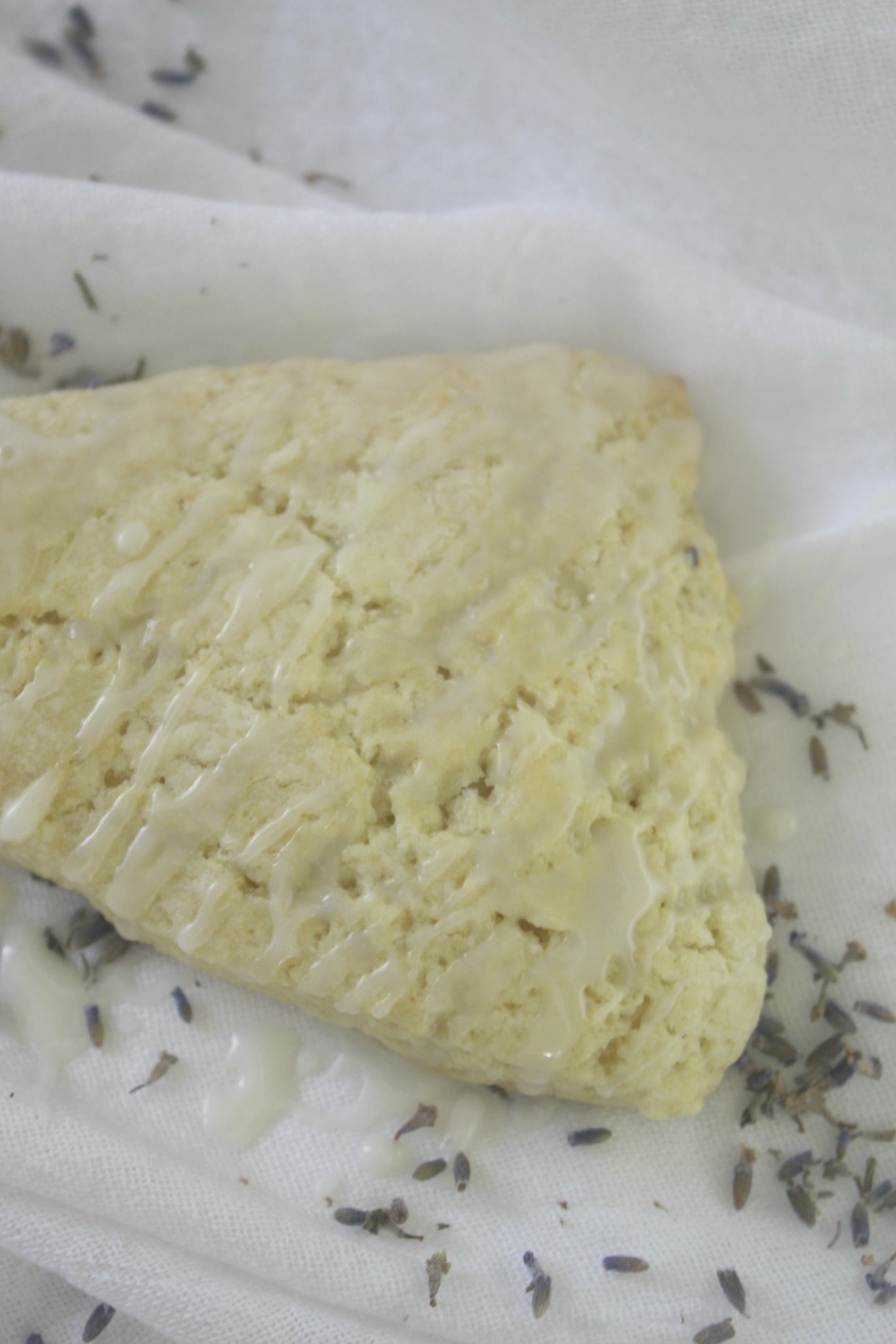Afternoon teatime is a perfect opportunity to slow down from our busy lives and create a moment of peace and contemplation. Imagine…
The Interesting History of Tea
Tea and the ritual of teatime has a rich and interesting history.
For starters, there’s a legend of the tea plant being discovered by a Zen Buddhist monk in the misty mountains of China. It’s said that this man, called Ta’Mo (White Buddha), had come to China from India, and while there, he sat in meditation for 9 years. During the last year of his meditation, he fell asleep, and when he awoke, he was so upset with himself for letting his meditation waver that he sliced off his eyelids and tossed them to the ground. His eyelids took root and grew into the tea bush, the symbol of wakefulness (Marcin, 1993). This is the most popular legend about the origin of Thea sinensis, the common tea plant, which we associate with black, green, oolong, and orange pekoe teas.
When Thea sinensis was first introduced in England, it was pronounced “cha” or “tcha” from the Mandarin and Cantonese dialects, spoken from the port in Macao where the tea was shipped from. In England, tea drinking became fashionable after Charles II married the Portuguese princess, Catherine of Braganza. She adored tea and introduced it to the royal court.
Herbal teas, other than Thea sinensis, have been brewed for thousands of years. These herbal brews were mostly used for health and wellness purposes, as opposed to mere enjoyment. Plato mentioned herbal teas in his writings in 410 B.C. (Marcin, 1993). In England, herbal teas were widely cultivated and used.
When our pilgrim forefathers sailed to the New World, they brought the seeds of their favorite herbs with them. Most large houses had a herb garden and a “still room” for cultivating herbs. For those who could not afford the rather expensive Thea Sinensis—chamomile, peppermint, and elderflower were popular replacements. Another favorite of colonists was wild bergamot. After the Boston Tea Party, many patriotic ladies banished imported tea and created their own home brews of mint, balm, rosemary, and sage (Marcin, 1993).
It’s said that afternoon teatime, as a British custom, began with Anna, the 7th Duchess of Bedford, in the early 19th century. The usual habit of serving dinner between 8 and 9 pm left the Duchess hungry by late afternoon. To stave off the hunger, she would order tea, along with bread, butter, and cakes to be served in her room. Later on she would invite friends to join her at her home, and the light tea was such a success, the habit caught on. The Duchess continued this “tradition” when she returned to London. It turned into quite an affair with announcements sent to relatives and friends stating at what hour the tea would be served.
The taking of tea gradually spread from the home and out into society in general. Tea parties became the norm, and tea rooms and tea gardens quickly sprang up everywhere.
How To Create Your Own Afternoon Tea
So how can you incorporate afternoon tea in your regular routine? Begin by identifying a one-hour time space in your schedule that you can commit to tea time. Perhaps it is right after work or after your daily workout. Commit to taking this time to slow down from your busy schedule and relax with a cup of tea. Or perhaps you like to host social gatherings? Find some friends who are willing to get together for a weekly tea date. You can take turns hosting the tea and trying different teatime snacks. Below are some examples of tea and snack recipes that you may want to try.
Traditional Herbal Tea Blends For Afternoon Tea
Here are some common tea recipes that early American settlers enjoyed.
- Garden Blend: This blend can help stimulate the mind and senses—3 parts thyme, 1 part rosemary, 1 part spearmint.
- Hibiscus & Lemon Tea: This blend makes an attractive pink tea with a lemony aroma and taste—1 part hibiscus petals, 1 part rose hips, and 1 part lemon balm.
- Calming Blend: This blend will calm and quiet the body—1 part catnip, 1 part chamomile, 1 part marjoram, and 1 part spearmint.
If these blends don’t sound like something you’d be interested in, why not give making your own tea blends a shot? I’ll walk you through the steps to creating your own herbal tea blends using an easy tea blending tool to guide you. And don’t worry, it’s not as hard as it sounds!
CLICK HERE to learn how to craft your own herbal tea blends.
Traditional Teatime Snacks For Afternoon Tea
Teatime would not be complete without a snack to accompany it! Here are some traditional teatime snacks to try.
- Cucumber Sandwiches: The traditional cucumber sandwich is composed of paper-thin slices of cucumber placed between two thin slices of crustless, lightly buttered white bread.
- Teacakes: An English teacake is usually a light, sweet, yeast-based bun containing dried fruits such as currants, sultanas, or peel. It is typically split, toasted, or buttered, and served with tea. It is flat and circular, with a smooth brown upper surface, and a somewhat lighter underside.
- Baked Egg Custard Tart: This is an all-time classic British tart which handsomely works as either a teatime treat or a pudding, and for some, it brings back precious childhood memories.
- Rosemary Butter Cookies: Butter cookies are small, slightly sweetened cookies that are quick to make and easy to eat as is or to dip into steaming cups of tea.
- And of course… scones! Here is a wonderful recipe for Lavender Scones. These scones go exceptionally well paired with the above Hibiscus & Lemon Tea.
Lavender Scones
Recipe adapted from Epicurious
Scone Ingredients:
- 3 cups all-purpose flour, plus more for surface (optional: white whole wheat or einkorn)
- 3/4 cup granulated sugar
- 1 teaspoon dried lavender buds
- 1 tablespoon baking powder
- 1 teaspoon sea salt
- 1/2 teaspoon baking soda
- 3/4 cup (1 1/2 sticks) chilled unsalted butter, cut into 1/4″ cubes
- 1 cup plus 6 tablespoons buttermilk
- 1 tablespoon dried lavender buds (1-2 teaspoons of fresh buds)
- 1 teaspoon vanilla extract
Glaze Ingredients:
- 1 cup powdered sugar
- 1-2 tablespoons of lavender-infused buttermilk
Directions:
- Preheat to 425°F and move your bottom racks furthest away from your heating element. Line 2 baking sheets with parchment paper.
- Place milk and dried lavender in a small saucepan. Bring to a simmer before turning the heat down. Let this mixture infuse until you are ready to use it.
- Whisk flour, sugar, lavender, baking powder, salt, and baking soda in a large bowl. Cut butter in with a fork until the mixture resembles coarse meal.
- Pour infused milk through a fine mesh sieve to remove lavender buds. Whisk 1 cup buttermilk and vanilla in a small bowl. Add the wet ingredients into the dry ingredients. Stir until a shaggy dough forms.
- Transfer mixture to a lightly floured surface, and knead until dough forms, about 5 turns. Pat into a 10×6″ rectangle. Halve the dough lengthwise. Cut each half crosswise into 4-6 squares, depending on how big you want your scones to be. Cut each square diagonally in half into 2 triangles. Divide between baking sheets. Brush with 2 tablespoons of lavender-infused buttermilk.
- Bake until scones are golden and a tester inserted into the center comes out clean, 13-15 minutes. Transfer to wire racks; let cool.
- While scones are cooling, combine powdered sugar and lavender-infused buttermilk together to form a glaze. (Note the less milk you use, the thicker your glaze will be.) Drizzle over slightly cooled scones.
- Serve warm or at room temperature with your favorite tea!
Teatime is a wonderful opportunity to relax and lower the stress that comes with our modern lives. Why not commit to making teatime a part of your daily or weekly schedule and enjoy the benefits of slowing down?
REFERENCES:
- Marcin, M. 919930. The Herbal Tea Garden. Pownal, VT: Storey Communications.
- Sweet Lavender Scones. (2012). Epicurious via Bon Appetite. [Blog post]. Retrieved from https://www.epicurious.com/recipes/food/views/sweet-lavender-scones-395443



